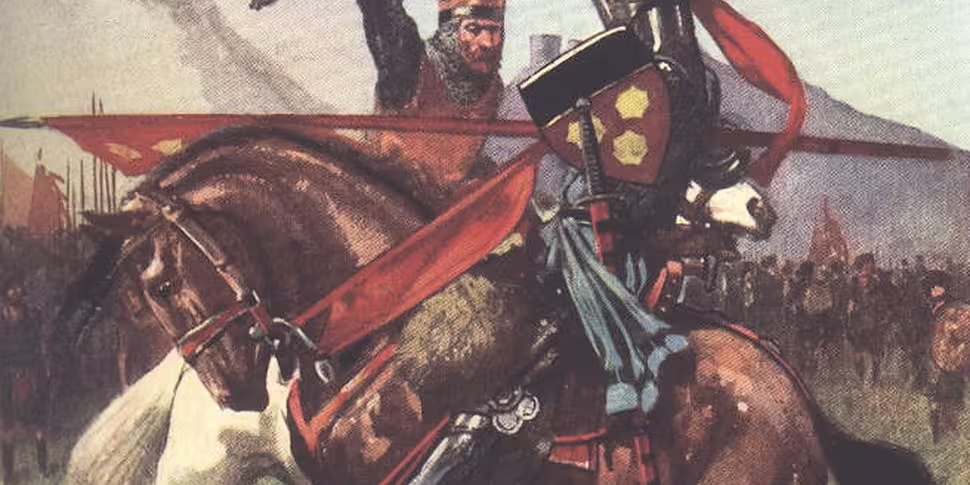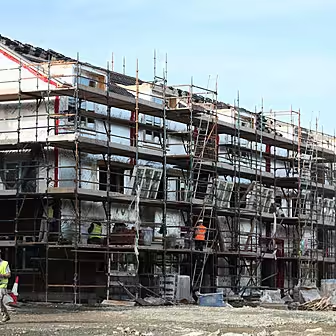In 1328 the English finally acknowledged Scottish independence with the Treaty of Edinburgh-Northampton. This was little more than a formality though. In reality the Scots had ejected English rule and authority 14 years earlier with victory at Bannockburn.
One of the seminal points in Scottish history this battle saw the forces of Robert the Bruce take on the much larger army of Edward II of England. The Scots had laid siege to Stirling Castle early in 1314. A key location commanding the passage between the Highlands and Lowlands the potential loss of Stirling forced Edward to march north with a massive relieving force.
In the southern shadow of Stirling the English found a force of Scots waiting, their king Robert at their head. Though massively outnumbered the lightly armoured Scots arrayed themselves against the armoured English knights.
Unlike most pitched battles of the time the Battle of Bannockburn would not be decide in one decisive clash, and the sides would clash in a number of engagements over the following two day. Despite their apparent superiority the English were forced onto the back foot on the second day and, perilously close to being captured, Edward II fled.
With their king gone the English forces quickly broke and routed, leaving the Scots the decisive victors.
This loss, and the resulting capitulation of Stirling Castle, ended England's ability to operate effectively in Scotland and opened the route south for Robert the Bruce's forces. The First War of Scottish Independence would drag out for 14 more years but Bannockburn decided the outcome long before.
Join Patrick as talks with a panel of experts about this defining moment in Scottish history and its lasting impact.









